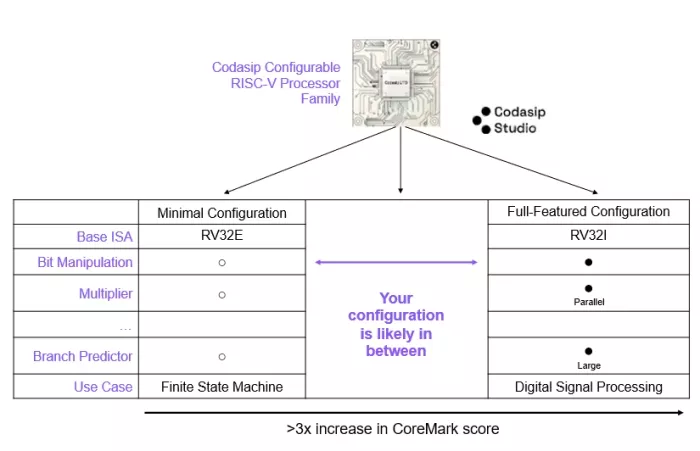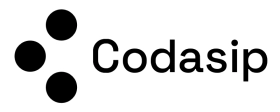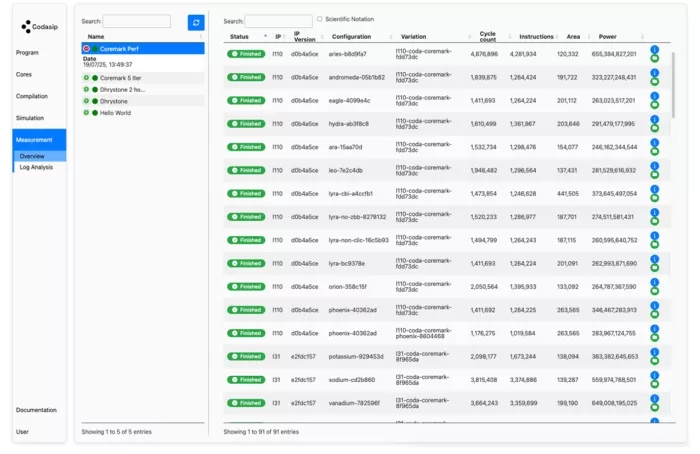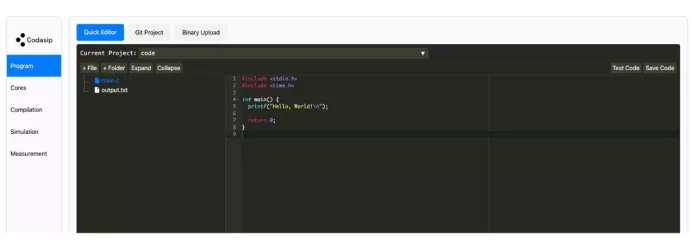From guesswork to guidance: Mastering processor co-design with Codasip Exploration Framework
For decades, the art of designing complex System-on-Chips (SoCs) has been a delicate balancing act. The intricate dance between hardware and software, known as co-design, has been guided primarily by the seasoned experience of architects. They navigate a vast, multidimensional space of possibilities, where every tweak to a hardware configuration or a line of software code can send ripples across the holy trinity of chip metrics: power, performance, and area (PPA).
This reliance on intuition, however, is reaching its breaking point. As configurable IP cores -particularly those based on the open RISC-V standard – unlock an explosion of design possibilities, the traditional approach is no longer sustainable. The sheer scale of this new design paradigm necessitates a fundamental shift.
Highly configurable processor IPs offer a powerful advantage: the ability to match hardware resources precisely to the needs of the software. This means software can run more efficiently, while silicon area is used more economically. But with this flexibility comes complexity. And that’s where Codasip steps in.
Custom compute, made practical
As the European leader in configurable processor IP, Codasip is uniquely positioned to address this challenge. Our mission is to empower innovators to architect their ambition—by giving them the tools to design processors that are not just different, but better.
At the heart of our offering is Codasip Studio, our automated processor design toolset. It uses CodAL, a C-like architectural language, to describe both the instruction set architecture (ISA) and the microarchitecture of a processor. From a single CodAL description, Codasip Studio generates both the hardware development kit (HDK) and software development kit (SDK), ensuring consistency across the entire design flow.
This foundation enables us to offer processor IPs with an exceptional degree of configurability. Our cores are designed with a wide range of features that can be turned on or off, or tuned to specific values. This means a single Codasip processor family can replace multiple off-the-shelf cores, offering a tailored fit for each application workload. Just look at the example below. By adding more configurable features, the performance of our configurable cores can significantly grow. However, adding features also increase the silicon idea. This is why finding the right configuration for your software workload is critical.

While this flexibility is a major advantage, it also introduces a new challenge: how do you efficiently explore such a vast configuration space?
The complexity of choice
When working with configurable IP, the number of possible configurations can be overwhelming. Each option – whether it’s enabling a feature, adjusting a parameter, or selecting a compiler flag – can influence the final PPA outcome. And when you factor in the impact of different compilation strategies on software performance, the space of potential combinations grows even larger.
Manually evaluating all these configurations is not just time-consuming – it’s impractical. Most teams end up preselecting a few configurations to test, which risks missing the optimal one. Even when multiple configurations are tested, ensuring that the results are comparable and meaningful requires a systematic and rigorous approach.
This is where Codasip’s new solution comes in.
Introducing the Exploration Framework
To help our customers fully exploit the configurability of our processor IPs, we’ve developed a new tool: the Codasip Exploration Framework.
This framework automates the process of evaluating numerous processor configurations directly against real-world user applications, not just synthetic benchmarks. It enables users to:
- Define which cores and configurations to include in an automated test run
- Automatically generate the necessary SDKs, simulation models and RTL using Codasip Studio
- Specify multiple compiler toolchains, compilation scenarios and different compiler flags
- Run user provided software workload or benchmark on each configuration using either simulation models or RTL simulation
- Collect and report key metrics for each run, including:
- Number of cycles to execute the application
- Code size of the compiled application
By automating this process, the Exploration Framework makes it easy to compare how different processor configurations perform under various compilation strategies. This helps users identify the most suitable configuration for their specific workload – without the guesswork.
Designed for flexibility
The Exploration Framework is goal-driven by design, offering both flexibility and a user-friendly interface. Customers can either run the standard benchmarks or more importantly provide their own software applications. Users have the flexibility to deploy the tooling wherever it’s needed. It can be run on a local machine, a private distributed system, or in the cloud for ultimate scalability. The tool handles the heavy lifting, allowing engineers to focus on interpreting results and making informed design decisions.
A spark of innovation: The TRISTAN connection
This shift from intuition-based design to a data-driven approach was not born in a vacuum – it was forged through the power of collaborative research and development. Collaborative innovation is at the heart of our mission, and our involvement in the TRISTAN project is a prime example. Working alongside industry-leading European organizations, we tackled the complex challenge of evaluating performance for various hardware IPs. This collaboration provided a unique opportunity to gather requirements and use cases directly from our partners, which in turn sparked the idea for a product-grade solution. This effort ultimately led to the development of the Exploration Framework, a powerful demonstration of how research and development consortia projects bring together diverse partners to drive meaningful innovation and transition research into real-world applications.
Architect your ambition
At Codasip, we believe that the future of processor design lies in customization. But customization must be accessible. The Exploration Framework is our latest step in making that vision a reality – helping customers unlock the full potential of RISC-V and build processors that are truly optimized for their applications.
Whether you’re designing for automotive, industrial, or edge AI, Codasip gives you the tools to take control of your design destiny. With the Exploration Framework, you can move from guesswork to guidance – and architect your ambition with confidence.
The “TRISTAN” project has received funding from the European Union HE Research and Innovation programme under grant agreement No 101095947. Codasip Gmbh, as a German participant in this project, is supported by the Federal Ministry of Education and Research under grant no. 16MEE0275.
Views and opinions expressed are however those of the author only and do not necessarily reflect those of the European Union, Federal Ministry of Research, Technology and Spacein Germanz and KDT JU. Neither the European Union nor the granting authority can be held responsible for them.

Related Semiconductor IP
- 32 Bit - Embedded RISC-V Processor Core
- 32 bit - Compact RISC-V Processor Core
- RISC-V processor - 32 bit, 5-stage pipeline
- 64-bit RISC-V Application Processor Core
- Gen#2 of 64-bit RISC-V core with out-of-order pipeline based complex
Related Blogs
- CEVA Software Framework Brings Deep Learning to Embedded Vision Systems
- A Tale of Two Approaches to High-Performance IoT
- Does RISC-V mean Open Source Processors?
- Have you checked the hidden costs of deploying an open source RISC-V core?


